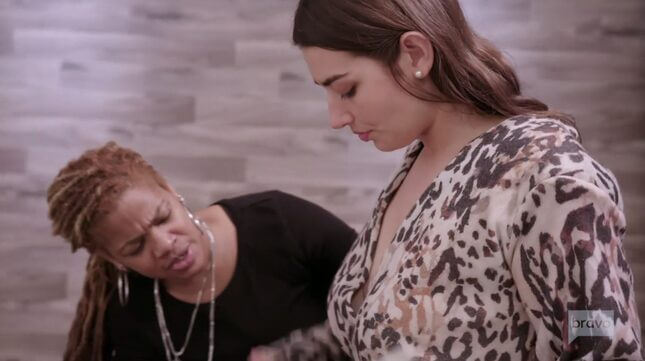

Project Runway contestants have made dresses out of flowers, car parts, and candy, sometimes with barely a day to complete them and with little sleep to go on. You’d think that designing for a woman who is anything bigger than a size zero wouldn’t phase them and yet, somehow, it continues to be a problem.
In addition to a 2019 show makeover featuring new judges like former Teen Vogue editor Elaine Welteroth and model Karlie Kloss, Project Runway has, in recent years, moved away from adopting the fashion industry standard of using size zero runway models. Starting in Season 16, contestants could choose from a group of models who ranged from 0 to 22, considering that every good designer should at the very least be able to dress women of all sizes. Former host Heidi Klum said the designers were pissed about the decision. “A lot of them actually weren’t too happy about it,” she told Entertainment Tonight at the time. “You have to dress real people, and real people come in different sizes: short, tall, more voluptuous, skinny.”
-

-

-

-

-

-

-

-

-

-

-

-

-

-

-

-

-

-

-

-

-

-

-

-

-

-

-

-

-

-

-

-

-

-

-

-

-

-

-

-










































